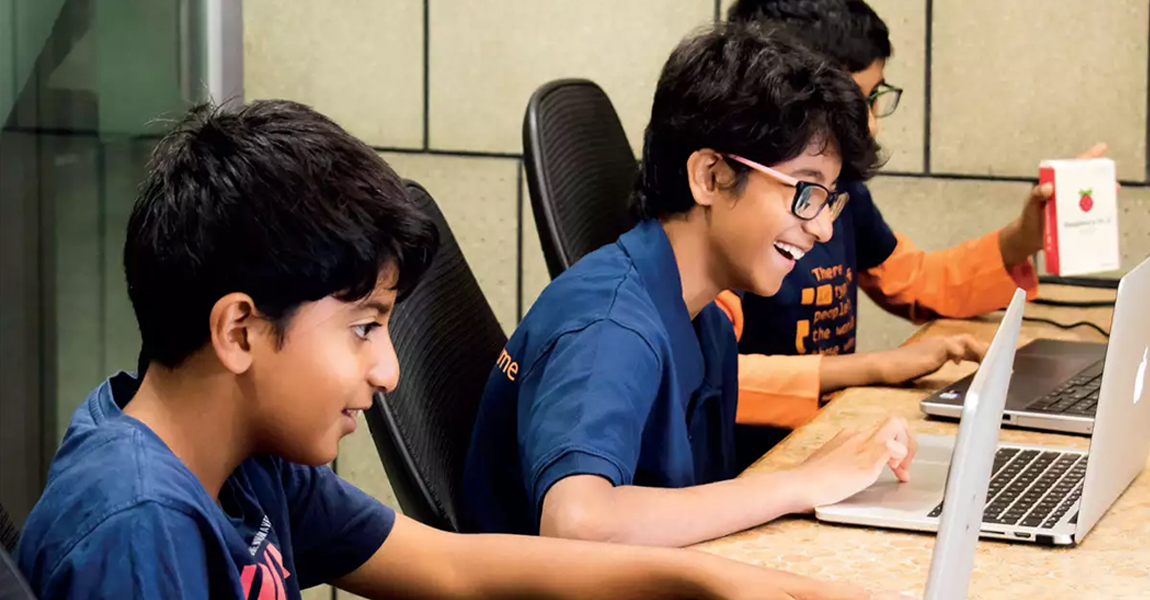Since technology has made everything attainable with just a click, our desire to acquire knowledge and information has exceeded the four walls of classrooms. Education has become limitless, and the need to be aware of our surroundings has become more dominant. Today, a traditional school and classroom set up for imparting knowledge are not enough. Modern education technology has to blend in with the traditional methods to create a holistic environment for learning. The pandemic created a rift in the traditional schooling system as the physical classes became impossible to conduct, and it pushed the classes into our homes resulting in a forceful implementation of virtual classrooms. Even though it came unannounced, the new form of learning had been easy to adapt and execute. It successfully created a holistic learning environment and enabled the students to acquire knowledge in a liberated manner. Students have participated in social and group activities through these classes, which ensures that children don’t miss out on the physical classroom environment. Furthermore, these classrooms enable teachers and online educators to hold classes more in a focused and conducive manner.
What is a virtual classroom, and what are it’s benefits?
This classroom is an online learning and teaching method, where students and teachers indulge in online learning through the internet. These classes are held in a live and synchronous setting, enabling the learners and teachers to interact, discuss and work together in groups. Moreover, it offers a various set of features that enhances the process of learning for students.
Benefits:
Human interaction: These classes do not deprive the students of experiencing a live physical classroom. Students can constantly be in touch with teachers and can perform various activities with their friends.
Unlimited students: Unlike physical classrooms, these classrooms can accommodate a large number of students. It allows more students to be part of a single class, which naturally reduces the time and effort for teachers.
Self-dependent students: With virtual classrooms, students are more indulged in self-learning, which makes them more confident and focused in their approach. It has made the learning process for children more flexible as they can explore various study materials online.
Zero loss of classes: Students don’t miss lessons even if they miss a few classes. These classes enable the students to access the missed out classes and lessons at their fingertips.
Time and cost-effectiveness: Teachers can resume classes right from where they have left. They can directly refer to pre-recorded components such as videos, presentations, lecture slides to facilitate easy learning for students. It saves a lot of time for teachers and students by attaining an uninterrupted education.
Virtual classrooms are more than just online learning mediums; they are the tools for creating a democratized form of learning. Students have countless sources available at their fingertips for limitless learning. This form of education is no longer a luxury but a necessity since the world is moving towards a technologically advanced environment. Students need to be more aware of their surroundings and global affairs. Online education breaks all those boundaries which a physical school exhibits. These classes had brought the world to our platter. It has created a common platform for all the stakeholders of education to connect. It has empowered teachers to develop a sustainable pedagogy that imparts a wholesome learning experience for children.


